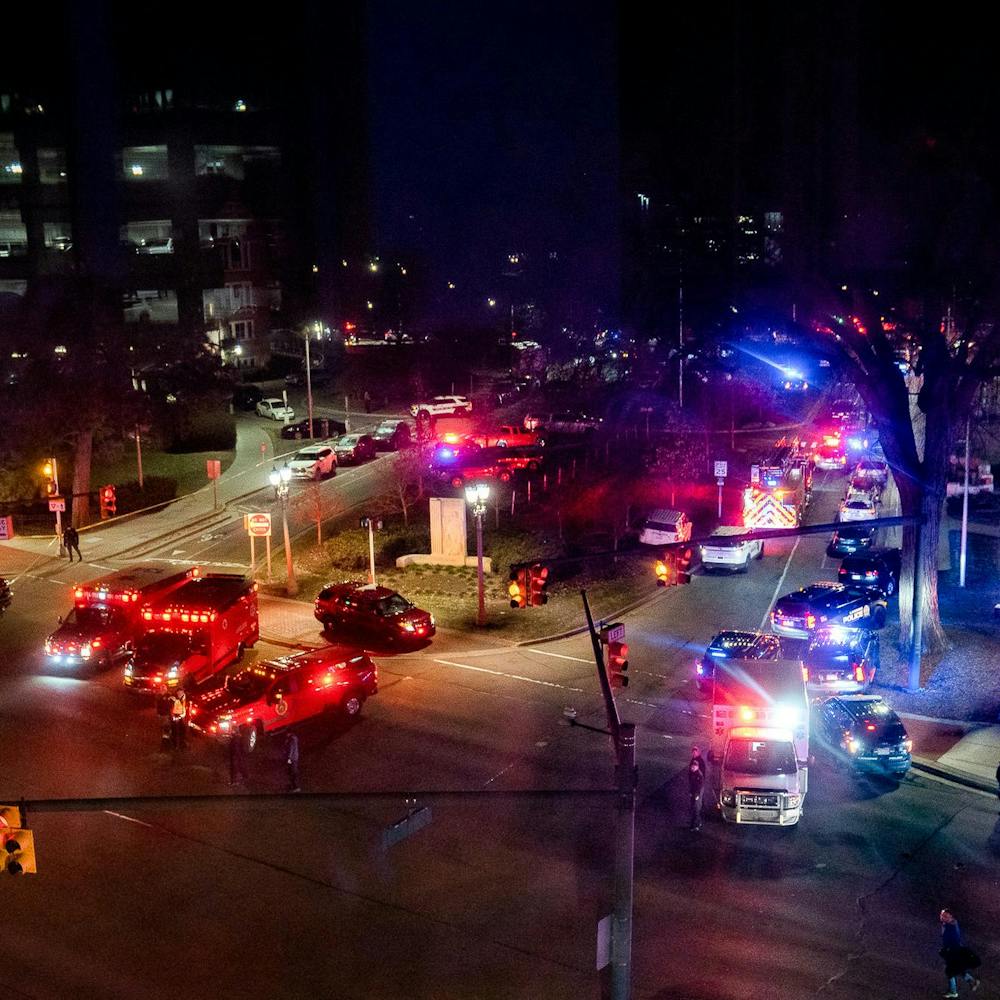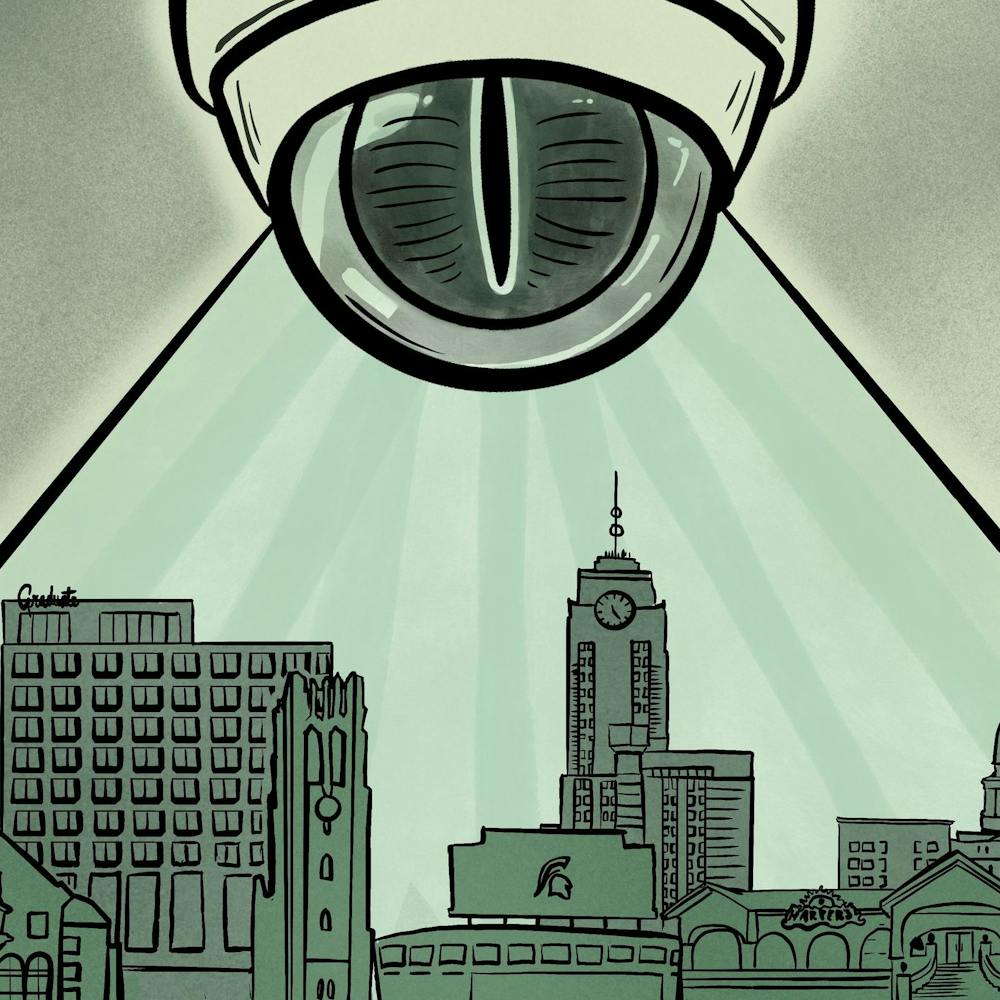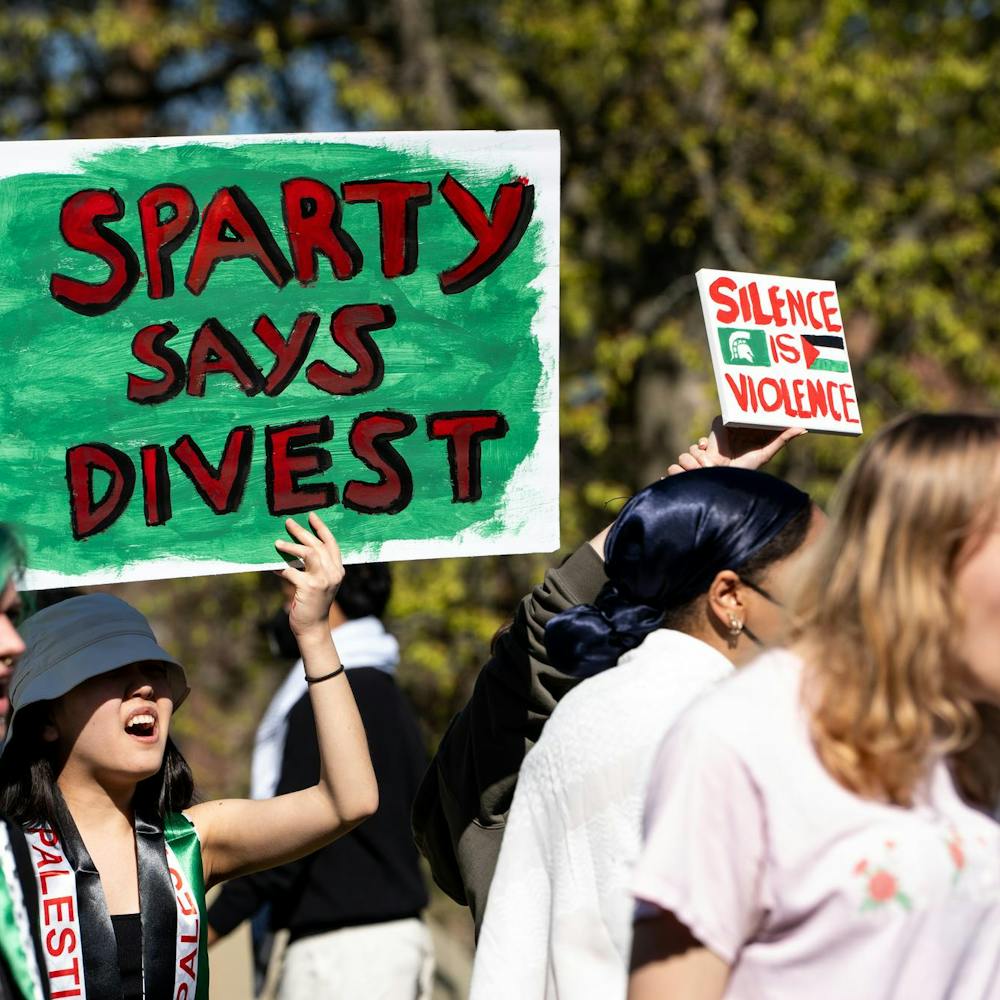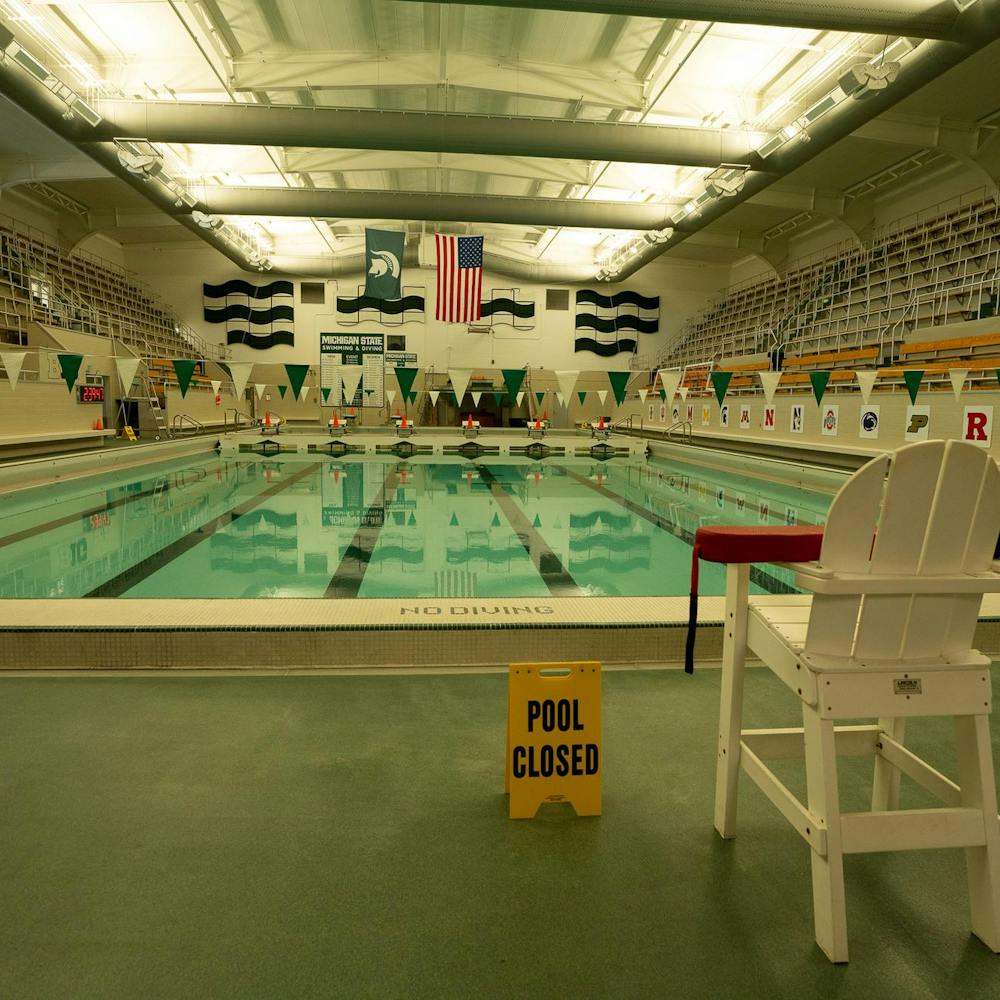Back when S, P and F were mere letters in the alphabet, getting a sunburn at the beach wasn’t cause for concern. Now, despite doctor’s warnings against indoor tanning, students still flock to the salons as temperatures drop.
Megan Kelly, manager of Bronze Bay Tanning, 109 E. Grand River Ave., said the salon sees an annual increase in customers between summer and winter.
“It gets colder out, so they all come here to get ready for spring break and other vacations,” she said.
Representatives from The Tanning Company, 423 Albert Ave., and VIP Tanning, 1215 E. Grand River Ave., reported similar increases.
According to a National Cancer Institute study in 2006, melanoma — the deadliest form of skin cancer — is the most common form of cancer for adults 25-29 years old and the second most common form for ages 15-29.
Medical student Veronica Russo has spent the past several years researching skin cancer. At MSU, she began researching the increase in indoor tanning, particularly among young college women. In addition to melanoma research, Russo has analyzed the use of non-ultraviolet tanning products, such as lotions and spray tans, to test whether they can be viable alternatives.
“The number one motivation for women to tan indoors is for appearance (enhancement),” Russo said. “The positive reinforcement they receive from indoor tanning is so strong, and it provides instant results.”
Graduate student Kelly Prior said she describes herself as an occasional tanner and goes through phases where she tans about once or twice a week.
“It evens out my skin and reminds me of summer,” Prior said. “I honestly think that I look better when I’m tanning, but I really don’t know why.”
Prior said she recently has cut down on the amount of time she tans because of the skin cancer risks and for monetary reasons.
“It’s kind of funny because in the summer I load up on sunscreen,” she said. “I try to justify (tanning) to myself a lot, thinking that if I don’t go that often I’ll be fine, but the risks are always in the back of my mind.”
Russo said several indoor tanning myths have been advertised to downplay the risks of skin cancer, including the belief that tanning indoors is safer than being exposed to real sunlight.
Although tanning beds produce less visible burning, Russo said the skin’s lower layers are bombarded with high concentrations of ultraviolet rays, which can exceed the intensity of the Mediterranean sun by 15 times.
“If you’ve gone tanning just once before the age of 35, you have a 75 percent increase in the risk of getting melanoma,” Russo said. “It’s definitely not safe.”
Support student media!
Please consider donating to The State News and help fund the future of journalism.
Discussion
Share and discuss “Tanning beds trendy despite health risks” on social media.






